LAUREL PARK TO CLOSE TEMPORARILY AFTER PREAKNESS
Laurel Park horsemen, already in the midst of a challenging spring, will face a new hurdle, they learned Friday in a community Zoom meeting organized by the Maryland Thoroughbred Horsemen’s Association (MTHA).
Horsemen will be asked to leave Laurel immediately following the Preakness and will likely not be able to return until July 1 or later, Aidan Butler told the meeting.
Butler, the chief operating officer of 1/ST Racing, is overseeing the Laurel Park track resurfacing project for the company, which owns Laurel Park and Pimlico through its Maryland Jockey Club subsidiary.
MTHA executive secretary David Richardson said the group is anticipating erecting 140 temporary stalls at Pimlico immediately after the Preakness May 15.
It also is engaged in discussions with Maryland State Fair officials about the possibility of using stalls at Timonium; those would not be available until after the Fasig-Tipton Midlantic May two-year-old sale, which takes place May 17 and May 18. There are 580 stalls there.
For the last several weeks, the company has had work ongoing along the inside portion of the track while allowing light training along the outside.
- Laurel Park wraps up busy turf season
 Laurel Park concluded its turf season Thanksgiving day, wrapping up a season during which it carded more turf races than any other US track.
Laurel Park concluded its turf season Thanksgiving day, wrapping up a season during which it carded more turf races than any other US track.
By moving horsemen out of Laurel, Butler told the meeting, the company accomplishes three things. First, the change will allow the company to move faster in renovating the troubled Laurel Park main track. Second, it increases safety by removing horses from places where track work is taking place.
And finally, it will allow the company to do some other work on the backside, particularly to eradicate a rat infestation that’s taken place.
The problems with the Laurel dirt track came to a head in early April when two horses broke down in one morning. When a third was fatally injured soon thereafter, the company made the decision to end racing – shifting racing to Pimlico – while also allowing only light training at Laurel.
As the company has dug into the issue, Butler said, the scope of the project has expanded. In simplest terms, a racetrack is constructed of three layers: a substructure, which is essentially the ground; a limestone base; and a four-inch cushion of dirt.
In this case, Butler told the meeting, the company would need to make improvements to the substructure, as well as putting in “a brand-new limestone base” and cushion.
“Now isn’t the time to nickel and dime,” he said.
- “New door opened,” Jaime Rodriguez shifts tack to NY
 Jockey Jaime Rodriguez won five consecutive Delaware Park riding titles and a couple of others at Laurel. Now it’s on to New York.
Jockey Jaime Rodriguez won five consecutive Delaware Park riding titles and a couple of others at Laurel. Now it’s on to New York.
The latest developments continue many Maryland horsemen’s spring of discontent. They first faced an equine herpesvirus outbreak earlier in the year and then the track troubles. Now they’re being asked to relocate.
Some horsemen would prefer to take their horses to other tracks, like Delaware Park, in lieu of being in temporary stalls at Pimlico or at Timonium. But they’re worried that if they do, they’ll get squeezed out when horses are allowed back at Laurel, a concern trainer Kenny Cox shared on the call.
Butler said there was no need to worry. “There’s going to be no penalization… no stall changes,” he told Cox.
Another question on the minds of many in the racing community is how this track renovation might impact the larger project to redo both Laurel and Pimlico. While Butler and 1/ST Racing CEO Craig Fravel seemed inclined to separate the projects – “If any of the good work is reusable, that’s great,” Butler said – horse owner Anthony Manganaro, who has been deeply involved in the work to make that project a reality, pushed them to consider this work in light of what is to come, pointing out that doing this project now and then having to redo it in a couple of years would be both expensive and time-consuming.
LATEST NEWS


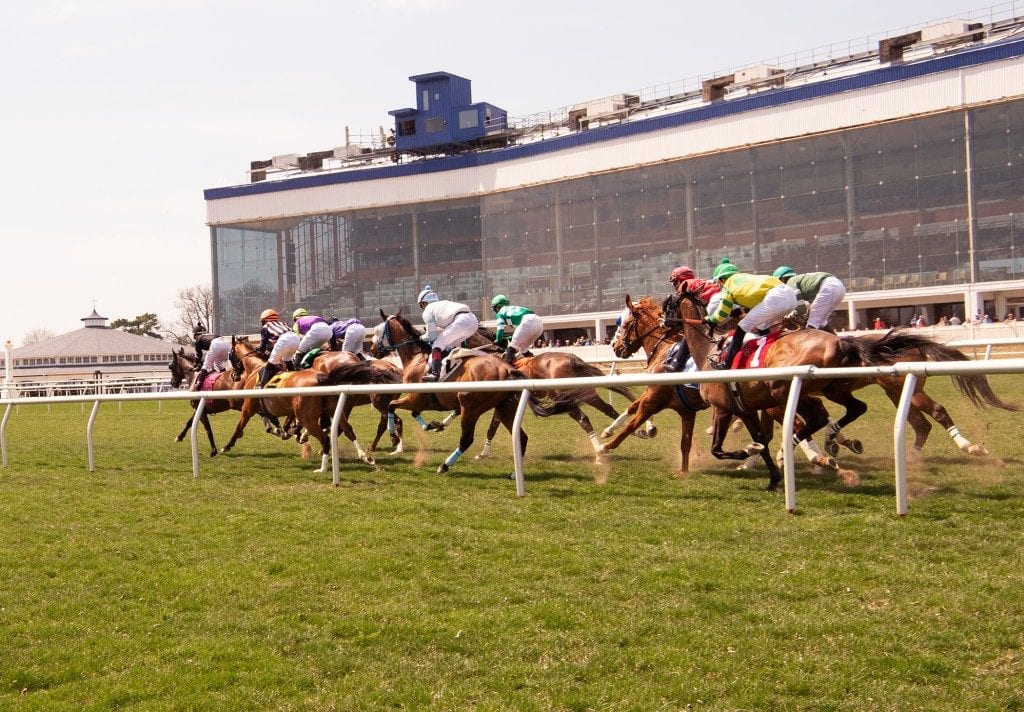


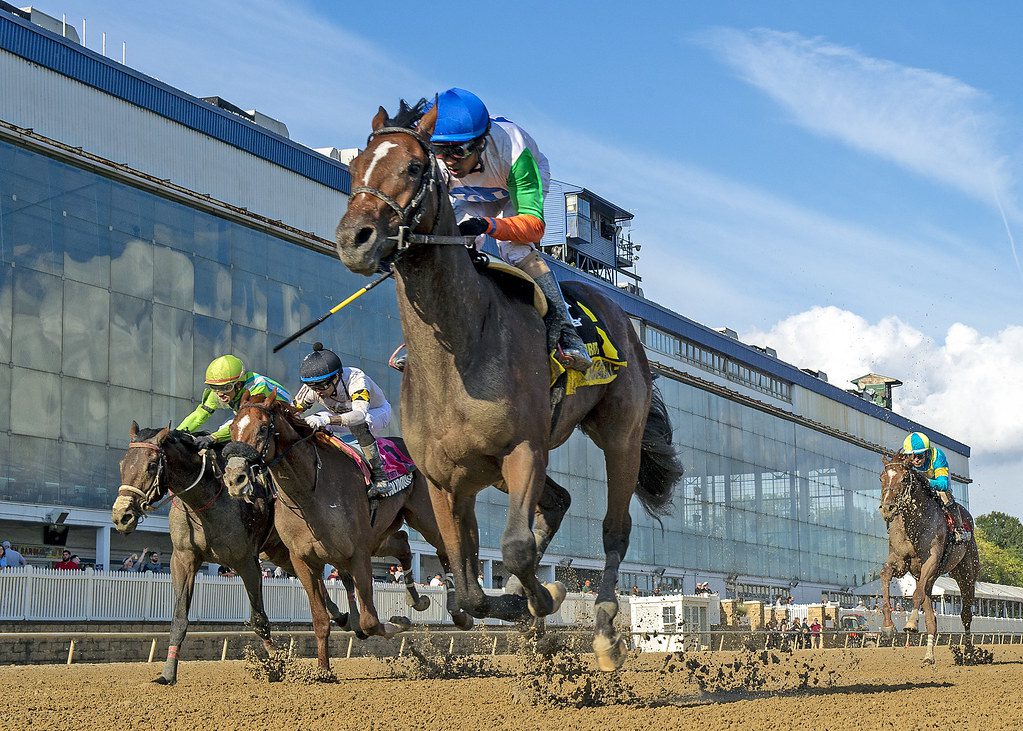

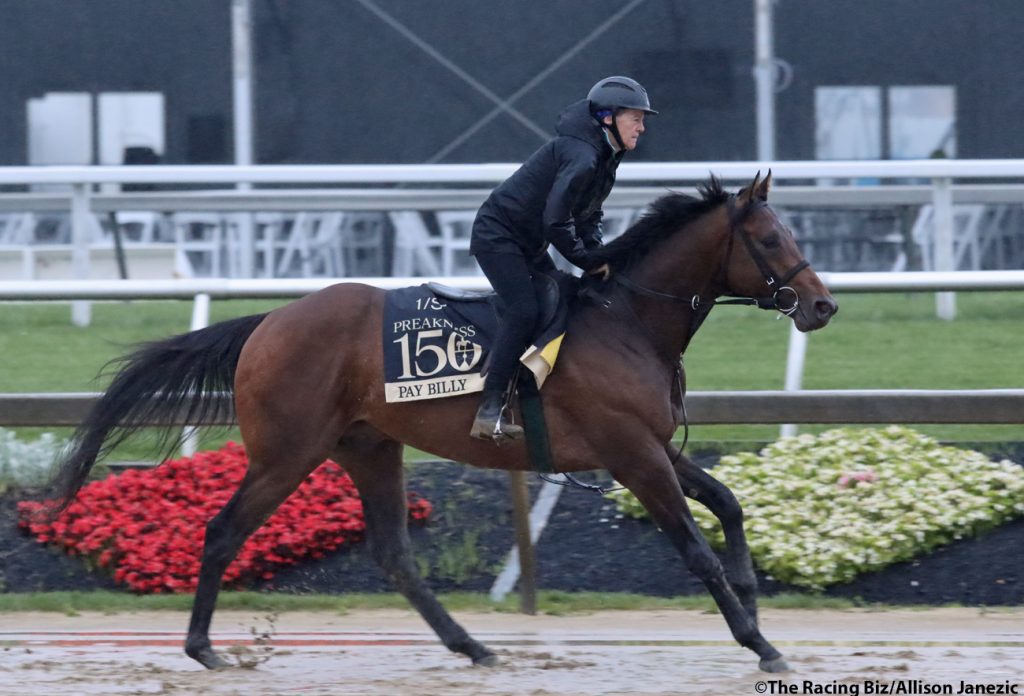

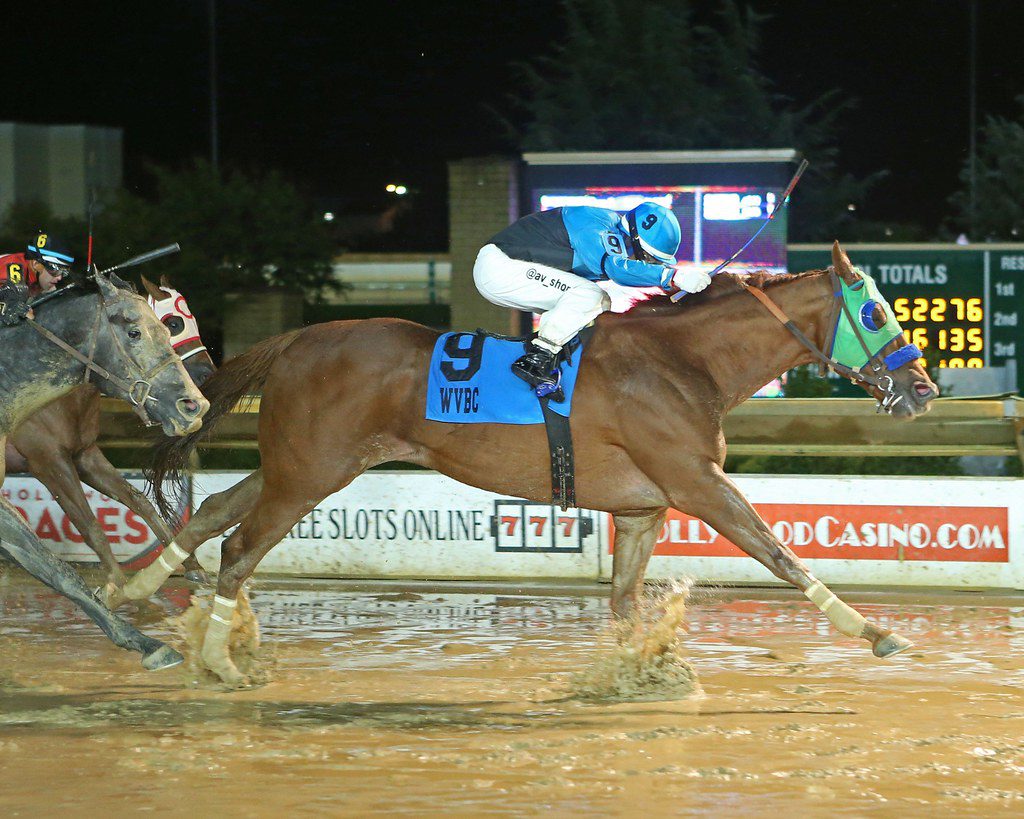
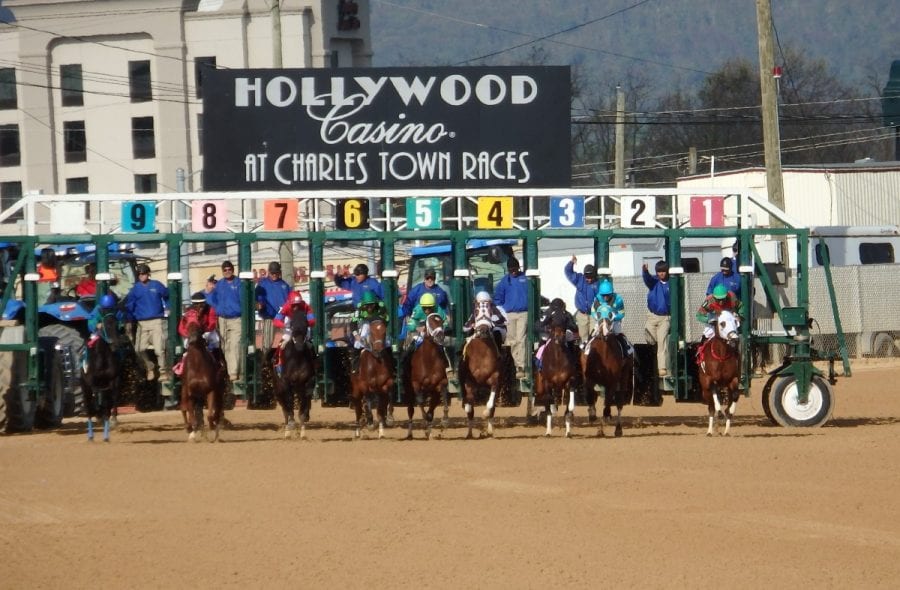





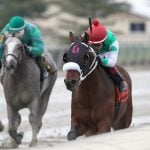


Anonymous
30th Apr 20214.5